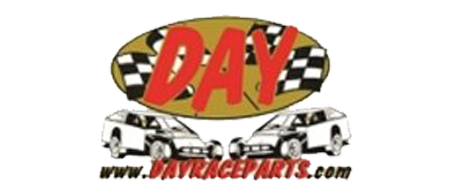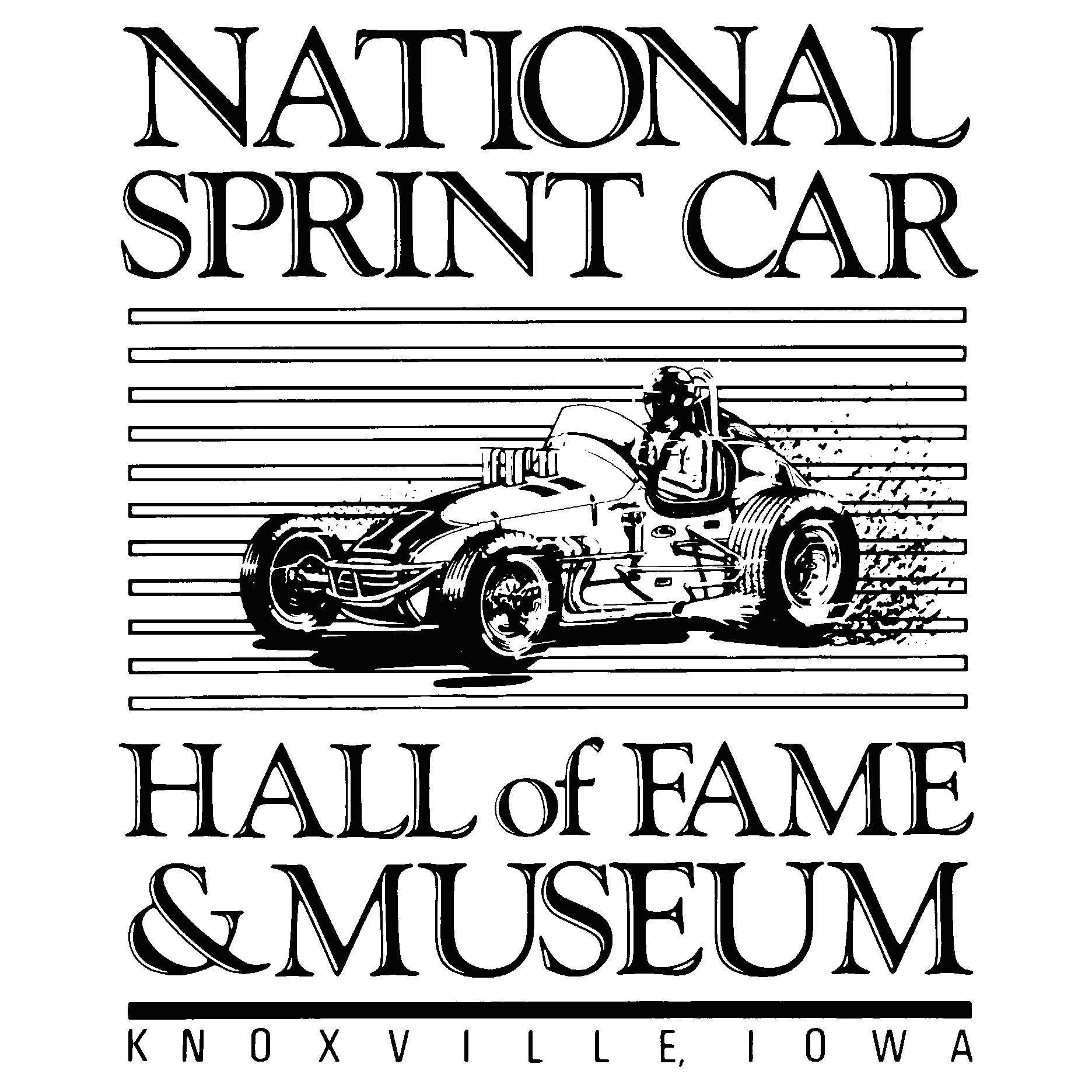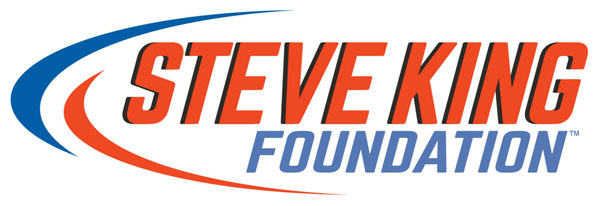Doug Yates is encouraged by progress at Next Gen test
Photo by Courtesy of Ford Racing
CONCORD, N.C.—When NASCAR announced the introduction of the Next Gen car in February 2019, Roush Yates Engines principal Doug Yates thought his piece of the puzzle would be “simple.”
Of course, that was before the pandemic, before the testing on the new car slowed considerably and before supply chain issues upset every stage of manufacturing in the world. Now, with 14 Cup teams to provide engines for and less than two months before Next Gen's debut at the Busch Light Clash at the Coliseum, it’s go time.
Ever the pragmatist, Yates isn’t concerned with his own challenges. He simply wants the best product on the track for the sport. That's why the second-generation racer was compelled to participate in Wednesday’s test at Charlotte Motor Speedway.
“NASCAR is trying to give teams opportunities to learn more about the cars, try different packages,” Yates said. “They have solved a lot of issues along the way. It started out with driver cooling issue at Daytona in September. I feel like they’ve made good progress on that. And then the steering issues, NASCAR came here for a second test after the Roval test with some teams and resolved those issues. Now it’s really about what is the best package to race this car.
“We had a test here last week to try really work on the balance of the car and make sure the aero side of the car is at a good spot to start the season. Today, we’re testing two different aero packages and two different engine packages. The 550 (hp) package—like we’ve been racing at the intermediates previously last year—and then the 670 (hp), which is the road course and short track power level, just to see if that makes for better racing. I’m excited to see what that looks like.”
After the multi-team test at Charlotte on November 17, drivers were begging for more horsepower in the Next Gen car. NASCAR cut the spoiler from eight to seven inches, hoping to decrease drag and increase speeds. Ryan Blaney topped the speed chart with a lap or 171.193 mph (31.179-seconds) more than nine miles-per-hour slower than Kyle Larson’s pole-winning lap in the Coca Cola 600 of 180.282mph (29.953-seconds).
Fast forward to Wednesday’s test where, after centering the rear spoiler and incorporating a 670-hp package, Blaney posted a quick time of 29.668-seconds, 182.014mph. Will the speed be enough to appease the drivers?
“It really comes down to what kind of racing do we want,” Yates said. “It’s kind of as simple as that. Do you want cars closer together or do you want the opportunity to lift in the corners? The best handling car maybe with different driver style is better. It’s up to what NASCAR wants.
“Maybe there’s a mix of more Daytona/Talladega type tracks with Atlanta being repaved—going to the same power level of Daytona/Talladega now. There may be more tracks that fit with that like Michigan and maybe a couple of others. Maybe more power at a place like Charlotte would be a better formula.
“But those are big decisions. I don’t envy Jim France, Steve O’Donnell and those guys on making those decisions, but I do applaud them for giving everyone a chance to come out here and evaluate them and see how it looks and go from there.”
Selfishly, Yates would prefer having just two different engine combinations—which he expects will be around 670 hp and 550 or 510. Over the last few years, the varying combinations of horsepower and rpm’s have served as a moving target for engine builders—particularly with the superspeedway packages for Daytona and Talladega. That requires a greater inventory, and with current supply chain issues, the challenges are many.
Wednesday’s horsepower at the Next Gen test ranged from 650 to 700. Teams were given Thursday to work on the data before returning for Day 2 of testing at Charlotte on Friday.
While NASCAR has been quite generous with allowing competitors input into the process, there’s only so much an engine builder can contribute within the given parameters.
“This car just has more drag,” Yates said. “It’s just slower with the same amount of power. So 670—which is less than we had last year with 750 on the short tracks, is not as much as you would imagine. But we’ll see what that looks like.
“I can’t remember testing this late into the season. We’re a week away from Christmas. It’s like 1990 all over again. But this is a big change. The Next Gen car is going to be great. There’s a lot of positive momentum—new owners, charter values, the excitement around the sport. And now, it’s just about having a good product on the race track and giving our teams a good place to start.”
When the Next Gen project was introduced—and even into the start of the 2020 NASCAR season—Yates did not anticipate a dramatic change with his current engines. But as the car has evolved so has RYE’s necessity to adapt.
Currently, all 200 engines at Yates’ shop are unassembled, waiting for final specs—and pieces such as tailpipes that are spec parts altered during the development of the new exhaust system. While every team has one set of pipes, a second set won’t be delivered until the middle of January.
“There are a lot of changes, one, just getting the engine to fit into the car,” Yates said. “The engine plate is different. The bell housing is different. The oil lines—all of the accessories for just mounting the engine into the car. The second thing is the power level has changed from 750 last year with a 9,000 rpm target to 670 and an 8,500-target. So that changes your camshafts, cylinder heads, intake manifolds.
“Probably the biggest change about this car is the exhaust system. Now the exhaust comes out of each side of the car and we do not have a crossover between the two headers so we have to retune the entire engine. Yeah, my initial response was the engine isn't changing but the engine is changing quite a bit. And right now, everybody at Roush-Yates and Ford is working hard to try and optimize that package.”

.png)





